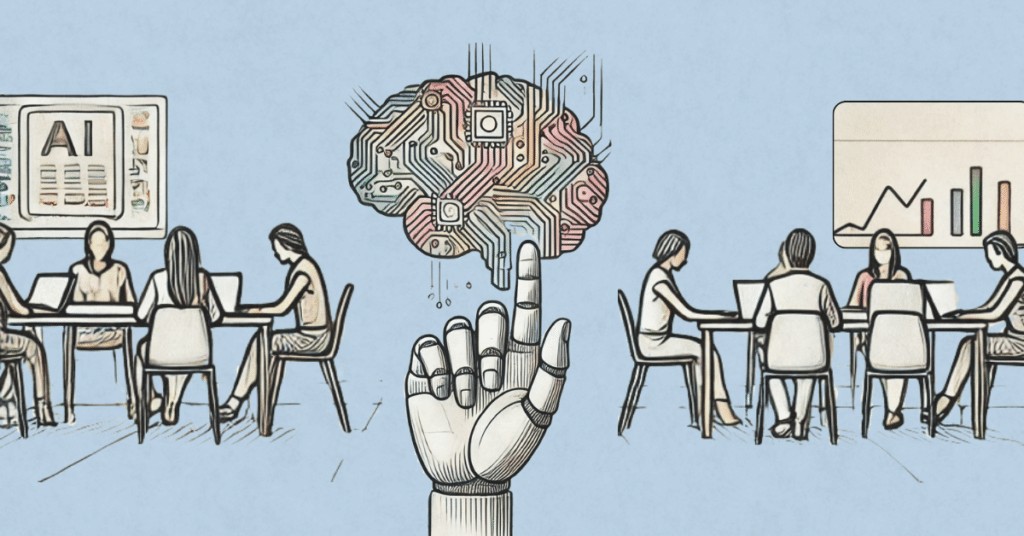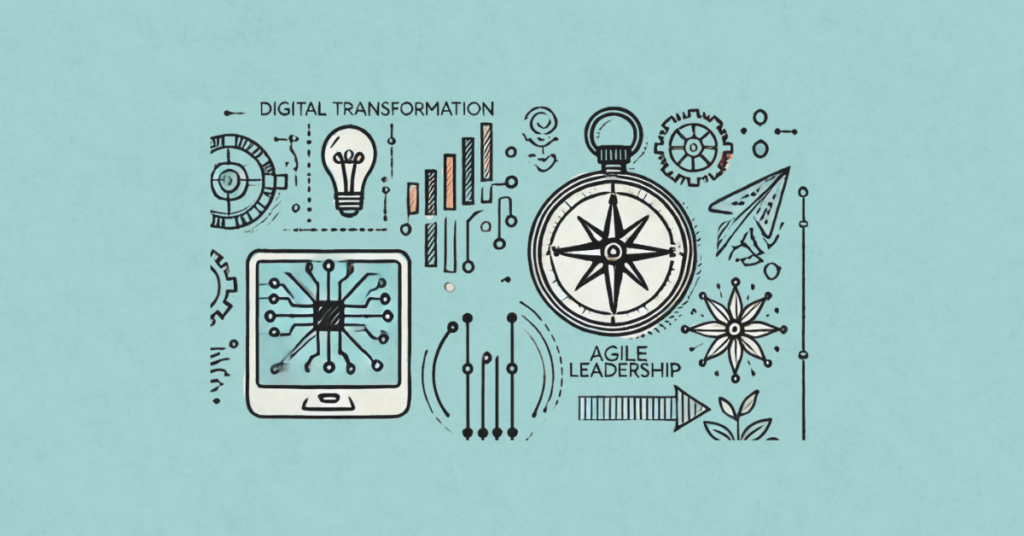Agile methodologies transform software development, emphasizing customer value. The Agile Manifesto states “our highest priority is to satisfy the customer through early and continuous delivery of valuable software [product].” This shift prioritizes understanding and meeting customer needs. At its core, the principle advocates for customer satisfaction through early and continuous software delivery.
This Agile Manifesto Principle aligns development with customer expectations, fostering an iterative process that embraces change. It highlights the significant advantages for developers and users alike. Agile’s essence lies in adaptability, response, and delivering software that exceeds customer demands, ensuring product success and relevance.
What does this mean?
Agile’s core principle centers on prioritizing customer satisfaction through the early and continuous delivery of valuable products. Moving beyond the confines of software development, Agile methodologies apply universally across varied industries, emphasizing the creation and refinement of working products.
This principle guides teams to focus on delivering tangible results quickly and consistently, adapting to feedback and evolving requirements. We define “value” from the customer’s perspective — essentially, we create value by solving human problems. We can’t know that we solved a problem until we present a working solution to the customer.
Getting a product to customers quickly allows us to receive feedback faster and make sure we are on the right track. Agile favors frequent, small releases that result in faster value delivery and better feedback.
Why Early and Continuous Delivery Matters
Early and continuous delivery stands as a cornerstone in Agile’s approach to creating value. Providing customers with functional products quickly is more important than waiting for the mythical “perfect release”.
This approach allows teams to present their progress incrementally and frequently, setting the stage for regular feedback. Such an approach ensures that products evolve in close alignment with customer needs and market demands. Teams can solve problems faster by completing work early, which prevents major issues from arising later in the project.
Continuous delivery, meanwhile, keeps the product in a state of constant evolution and improvement. We are dedicated to being flexible and ensuring that each release adds value. This cycle of rapid delivery and feedback is what empowers organizations to stay agile, relevant, and competitive.
So, How Do I Do This (aka How Does this Apply Outside of JUST Software)???

Agile methodologies have proven their value far beyond software development. But, the principles and practices of software engineers can help bring this principle to life no matter what field you are in.
To adapt the principle of early and continuous delivery to different industries, let’s draw on the software engineering playbook.
Software engineering often implements the principle through Continuous Integration (CI) and Continuous Delivery (CD) practices. Simply put, the team tests and adds any changes made to the code to the working systems automatically. This ensures that the software is always prepared and functioning properly.
To translate this into a non-software context, the key is to identify what “Continuous Integration” and “Continuous Delivery” mean in your context. In marketing, you can test ad campaign changes in a controlled environment. Review the changes promptly. Transfer the changes to a “release ready” environment, like a Marketing Automation Platform or a shared drive.
Agile practices in software engineering focus on building in small increments and getting feedback at each stage. To use this idea in areas other than software, break down product development into smaller tasks.
Concentrate on the tasks that bring value to the customer. Then, establish regular check-ins with stakeholders or end-users to gather feedback and adjust your course accordingly. You can apply this approach to anything from developing a new healthcare service to designing a marketing campaign.
In software engineering, it’s important to have teams with different skills working together closely during development. We call these groups cross-functional teams, and they are an important part of successful Agile development.
You can easily apply this concept outside of software. Simply ensure that, when you build a team, you include representation from every skill needed to push work to a user.
A physical product team might include someone from purchasing, marketing, and engineering. A Mergers and Acquisition team would include finance, legal, and human resources.
Make sure your team has all the skills needed to deliver a working product to the customer. This means looking at development from all angles and incorporating different viewpoints right from the start.
To embrace early and continuous delivery across various fields, prioritize establishing a feedback-centric development process. Break projects into smaller, value-driven increments; and encourage collaboration between departments.
Aligning product development with customer needs helps companies respond quickly to changes. This leads to innovation and increased customer satisfaction. This approach is beneficial for all industries.








